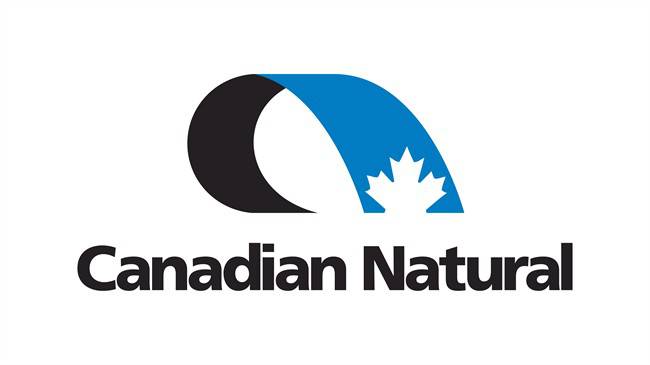Interest rate outlook: Bank of Canada to pause
by Rob Waldner Chief Strategist and Head of Multi-Sector, Invesco Fixed Income, Invesco Canada
After raising the target overnight rate 0.25 percentage points at each of the previous two meetings, the Bank of Canada (BoC) kept the rate unchanged at its meeting on October 25, 2017. While growth has remained strong, it has slowed from the second quarter and the BoC appears ready to give its two previous rate hikes time to filter through the economy before taking further action. Additional uncertainty around the breakdown in North American Free Trade Agreement trade negotiations leaves the BoC cautious regarding future hikes. The Canadian 10-year yield appears to have peaked for the moment and yields have several reasons to fall from current levels, in our view.
U.S.
Inflation continues to firm, although we do not see potential for a significant upside inflation surprise and believe near-term inflation will be sufficient to keep the Fed on track to raise interest rates in December. That said, we continue to expect ambiguity in the data to be caused by Hurricanes Irma and Harvey. Although U.S. monetary policy is tightening, we expect uncertainty over inflation to keep a ceiling on U.S. Treasury yields.
Europe
We remain constructive on European growth which, although not fully recovered, continues to benefit from synchronized global growth momentum and reduced political risks. Some monetary policy normalization looks warranted at this stage and we were not surprised that the European Central Bank (ECB) announced its plan this month to taper bond purchases to EUR30 billion per month beginning in Jan. 2018 and ending Sept. 2018. This announcement could help anchor interest rate expectations and should give more time for European governments to work on much needed structural reforms and plans for closer European Union (EU) integration.
China
The onshore government bond yield curve bear steepened in the first half of October as better than expected economic activity and core inflation shifted market sentiment. This was despite stable funding costs and loose liquidity conditions in the interbank market. President Xi’s speech at the 19th Party Congress pointed to a quality-focused growth strategy and potentially further emphasis on strengthening financial regulation. In our view, this suggests slower credit growth and a lower economic growth target.
Japan
The Japanese economy continues to perform well, aided by a rise in consumption and exports. We expect this momentum to continue as wages edge higher, foreign demand remains robust and companies invest in their infrastructure. Prime Minister Abe’s recent election victory should pave the way for more economic reforms that could further boost the potential growth rate of Japan’s economy. With Bank of Japan (BoJ) Governor Kuroda’s term due to end in April 2018, Prime Minister Abe must decide whether to ask Kuroda to stay on for another term or to replace him. Either way, we expect Japanese monetary policy to remain loose in the near term. We expect 10-year Japanese government bond yields to range between 0-0.1% through year-end.
U.K.
The Bank of England (BoE) is likely to increase interest rates by 0.25 percentage points at its November meeting, however, this should be viewed as a removal of emergency stimulus (introduced after the EU referendum) rather than a reaction to an overheating economy. The UK’s growth rate has declined meaningfully since the EU referendum, the pound has declined and inflation has moved considerably above the central bank’s 2% inflation target. The labor market is very tight and, while there are no immediate concerns over wage pressures, these could emerge swiftly. The BoE will likely continue to weigh these risks against downside risks emanating from Brexit talks. There is an additional 0.25 percentage point hike priced into the bond market for the duration of 2018. We believe this appears reasonable, so we maintain a neutral bias on U.K. rates for now.
Australia
The Reserve Bank of Australia (RBA) appears satisfied to leave interest rates steady. Labor data continue to improve but the unemployment rate, even as it begins to decline, remains stubbornly high. High consumer debt levels and slow wage growth will likely continue to constrain consumer spending. Low levels of inflation and a continued robust housing market should keep the RBA on hold in the near term. We remain neutral on Australian interest rates.
Rob Waldner, Chief Strategist, James Ong, Senior Macro Strategist, Noelle Corum, Associate Portfolio Manager, Sean Connery, Portfolio Manager, Brian Schneider, Head of US Rates Portfolio Management, Scott Case, Portfolio Manager, Reine Bitar, Macro Analyst, Ken Hu, CIO Asia Pacific, Yi Hu, Senior Analyst, Alex Schwiersch, Portfolio Manager
This post was originally published at Invesco Canada Blog
Copyright © Invesco Canada Blog













